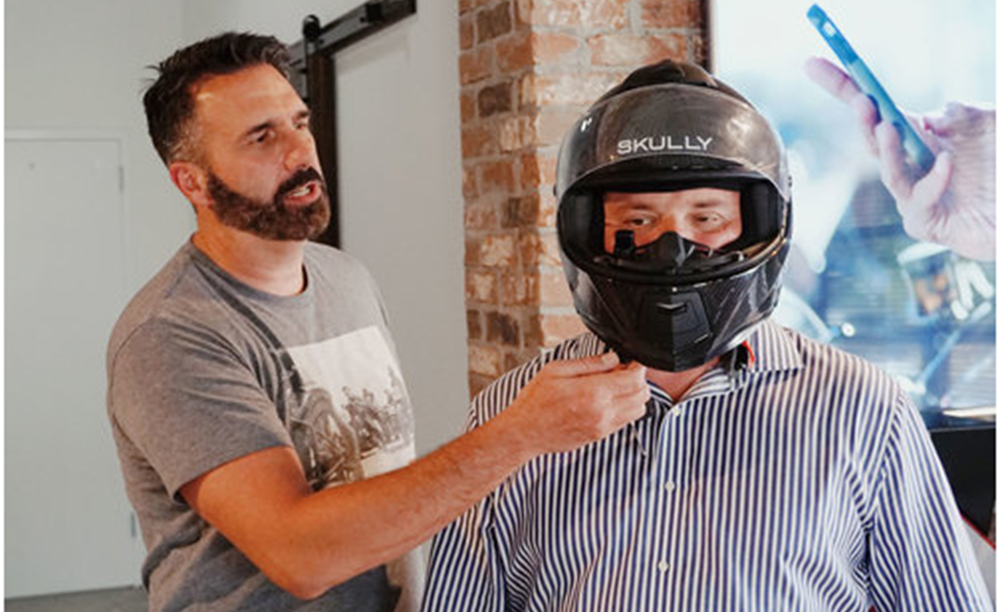December 04, 2018
Science fiction has been the source of many innovations in the tech industry and this is the case for the most recent development in the AR market. Kopin, a Massachusetts-based micro-displays company has recently revealed their use of Augmented Reality technology that appears to have been inspired by the Iron Man films. It’s the first commercial ‘smart-helmet’.
In a press release[1] published last week, the company also revealed that Skully Technologies, the manufacturer of the smart helmet, FENIX AR, has incorporated the WQVGA micro-display and A230 driver IC to complete the technology, making it a more productive solution.

Though FENIX AR has been made available in the market since its debut at the CES (Consumer Electronics Show) in September [2], the Skully has only recently incorporated the aforementioned technologies in the headgear. Ivan Contreras, Skully CEO, has this to say about the matter, “Kopin’s renowned industry-leading expertise in micro displays and optical technologies was very evident to us when choosing a near-to-eye display. WQVGA display is a key feature of the FENIX AR smart helmet, and plays a significant role in increasing rider safety while also improving the riding experience.”
Features of the world’s first commercial AR Helmet
Fenix AR is as exciting as it is prudently safe. Some of the more exciting features of the headgear include a rear-view camera, 360-degree situational awareness, voice sensors as well as vocal commands for music, calls, turn-by-turn navigation operation and display of critical information on the visor. The helmet will also receive over-the-air (OTA) updates to automatically update the newer capabilities.
Some other features that make the gadget more productive include low-power consumption and higher-brightness with a resolution of 428×240.
At present, the sleek design of the helmet comes in a variation of three different colours and multiple sizes at an average selling price of $1,899.
It is clear that to support such a wide range of capabilities, whilst also managing the safety principles of such a critical on-road appliance means that only a reliable set of technologies can be trusted. This makes sense as the company (Skully) has dealt with and understands the struggles of bankruptcy, back in 2017.
In such conditions, incorporating the WQVGA micro-display and corresponding drivers indeed makes the whole scheme all the more reliable and lucrative. On this, Greg Truman, head of the Kopin’s industrial and enterprise division said, “We have a long and rich history of developing products for augmented reality applications for the military.” He clarified how the introduction of such a solution in the industrial and consumer market can improve worker productivity and safety whilst also making the experience more enjoyable.
What’s Next?
Already, tens of millions of LCD-based micro-displays have been shipped from the firm. Next year, 100,000 display modules are expected to be released for smart glass designs, as the CEO John Fan has said during the quarterly results announcement. John also said to the investors that he expects to ramp up the shipping in the next year, as the product moves from testing phase to mass production.[3]
On one hand, such innovations brighten the future of Augmented Reality, but it also puts Virtual Reality further back from reaching the most exciting tech-world innovation. As John puts it, “While enterprise AR is gaining traction, it is certainly a challenging time for virtual reality VR/AR consumer wearables, especially for VR, which is going through a reassessment,”
In any case, AR is increasingly becoming the mainstream tech, mostly because of the rapidly increasing availability of smartphones. Therefore, VR is also starting slowly to make their way into domains such as education and tourism. But AR has already joined the group of more conventional technologies, becoming an integral part of tech events.

Resources: